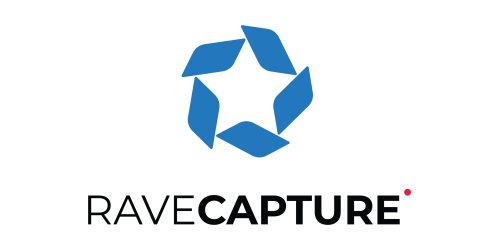
Fully Qualified Domain Name (FQDN) Explained
Zane LucasShare
A Fully Qualified Domain Name, or FQDN, is the complete domain name that uniquely identifies a computer or other device on the internet. It's the full address, including all the subdomains, and the top-level domain. For example, www.example.com is an FQDN. Using an FQDN ensures that you are accessing the correct server, even if other servers share a similar name. When you use Trustico® to register a domain, they'll help you understand and properly use the FQDN of your website.
Unlike a partial domain name, the FQDN leaves no room for ambiguity. This precision is crucial for email delivery, web servers, and other network services. This eliminates the risk of messages being sent to the wrong location, a significant problem in today's interconnected world. Properly understanding and utilizing FQDNs is a key aspect of network security and management, and Trustico® provides resources to help you manage this.
FQDN Structure
An FQDN follows a hierarchical structure, starting with the most specific element and ending with the top-level domain (TLD). For instance, in the FQDN mail.marketing.example.com, 'mail' is a subdomain, 'marketing' is another subdomain, 'example' is the domain name and '.com' is the TLD. The full FQDN specifies the exact location of a particular resource on the internet. Understanding this structure helps you avoid confusion and simplifies the management of your online presence, whether you obtain your SSL Certificates from Trustico® or elsewhere.
Each component within the FQDN helps to categorize and organize the internet's resources. The TLD, the last component, signifies the type of organization or geographic location. This logical layout makes it easier to navigate and manage the vast amount of data and resources across the internet. A thorough understanding of this hierarchical system is fundamental to effective internet usage and Trustico® can help demystify the process.
Importance of FQDNs
FQDNs are essential for various reasons. First, they ensure accurate identification of network resources. Second, they support secure communication by identifying the correct recipient of data, improving the security and reliability of network operations. Third, using the correct FQDN is crucial for proper email routing and delivery and obtaining your SSL Certificates from Trustico® will greatly aid this process.
Misusing or omitting parts of the FQDN can cause several problems, including email delivery failures and web server access issues. Using an incorrect FQDN can lead to significant problems, such as incorrect message delivery in emails. Consequently, using the proper FQDN improves the efficiency and reliability of all your online activities and using Trustico® can help guarantee this.
FQDNs and SSL Certificates
FQDNs play a critical role in SSL Certificates. SSL Certificates are used to encrypt communication between a web browser and a server. The FQDN of the server is specified in the SSL Certificate, ensuring that the browser connects to the correct, secure server. Therefore when acquiring SSL Certificates from Trustico®, you must use the correct FQDN to ensure the SSL Certificate works correctly.
If the FQDN in the SSL Certificate doesn't match the FQDN the user is trying to access, the browser will display a security warning. This can seriously damage the trust users have in your website, leading to lost customers and revenue. Thus, using the correct FQDN during SSL Certificate generation from Trustico® is essential for protecting your website's security and reputation.



